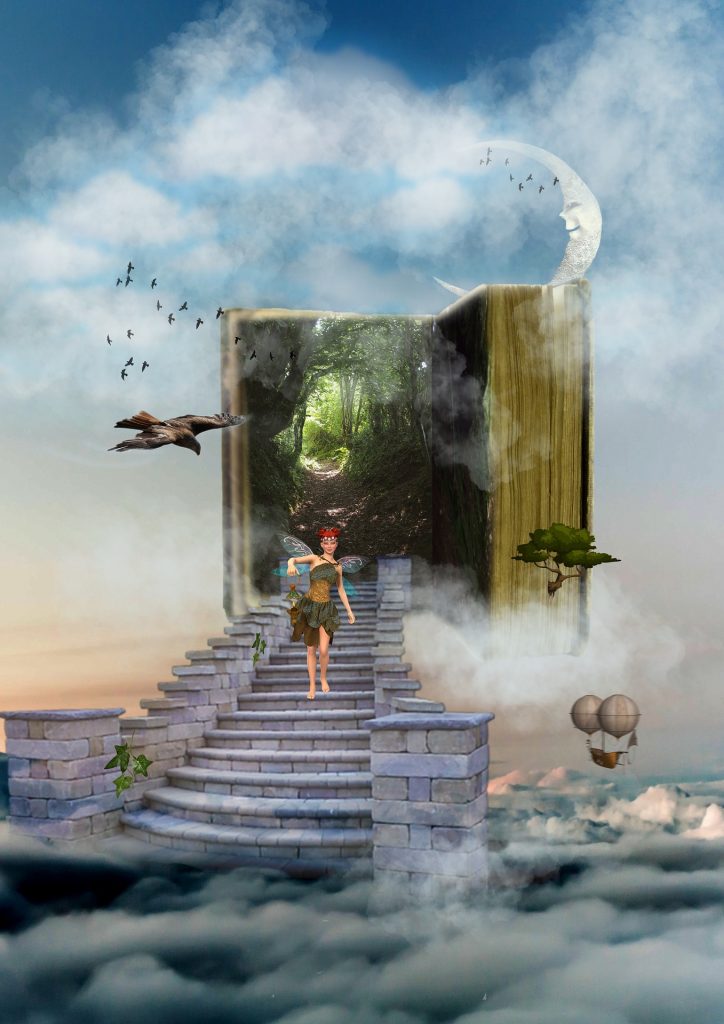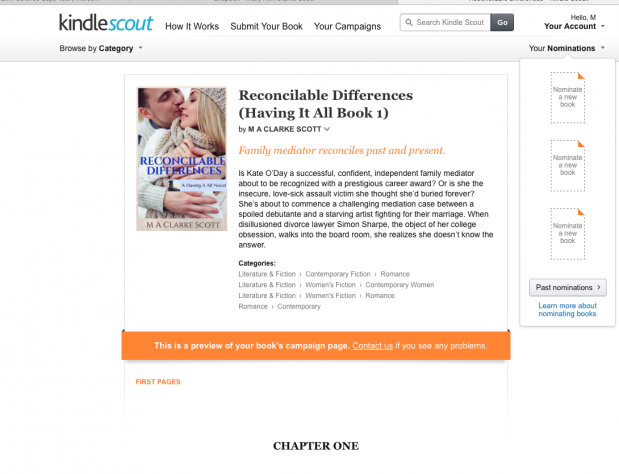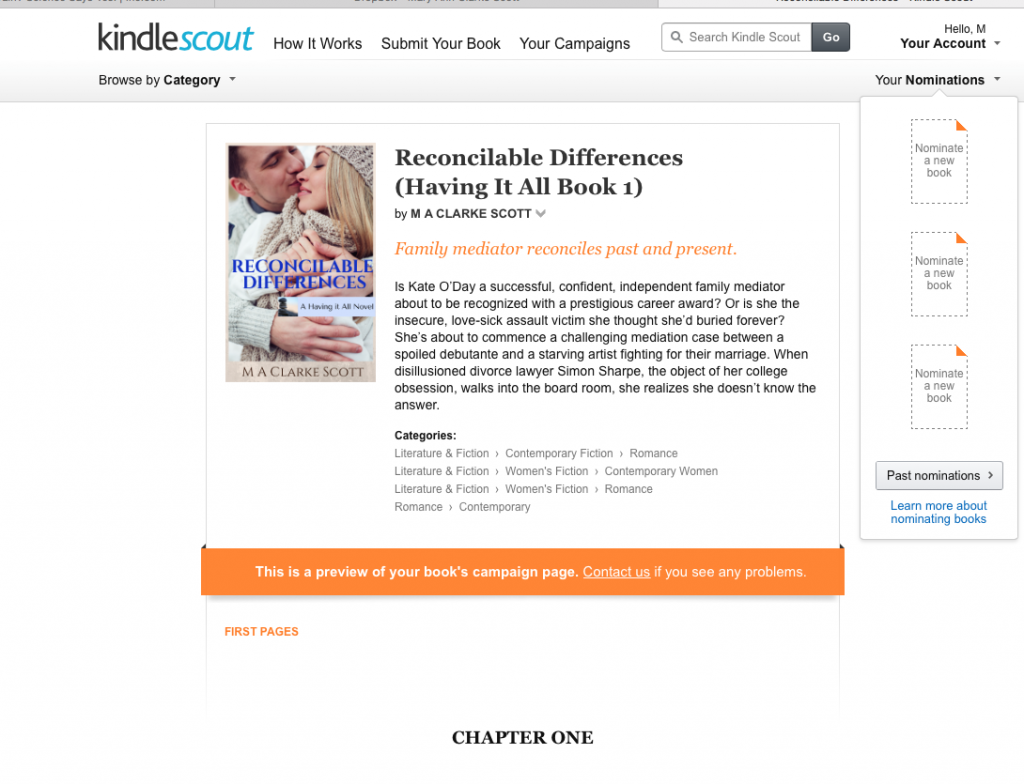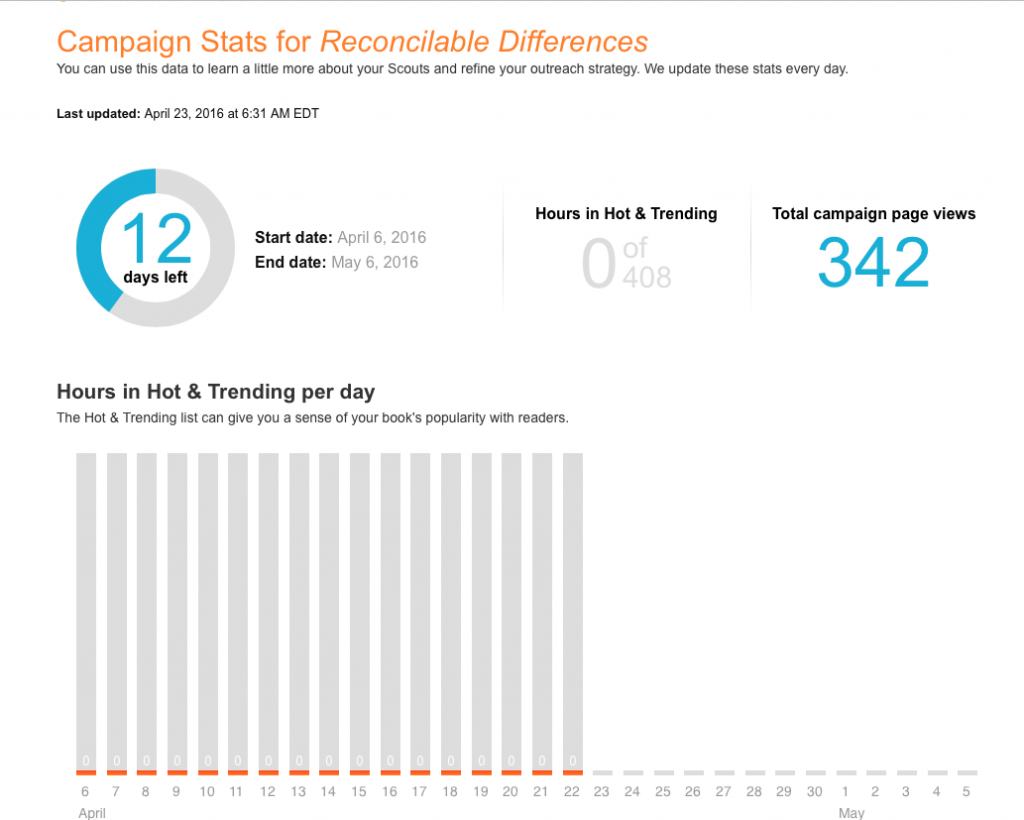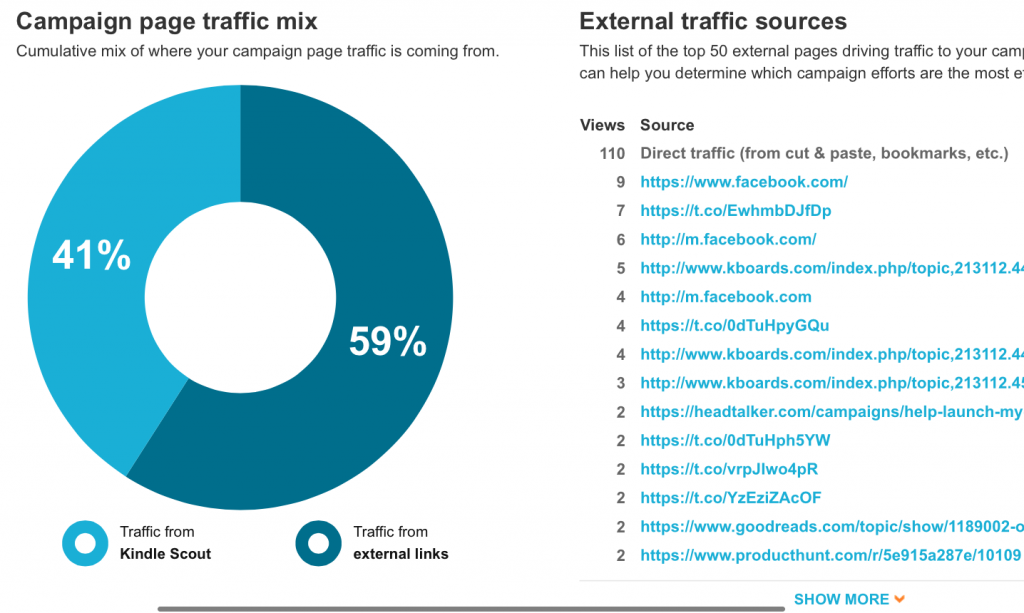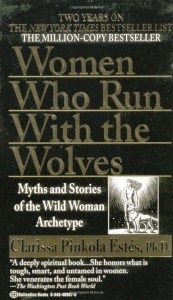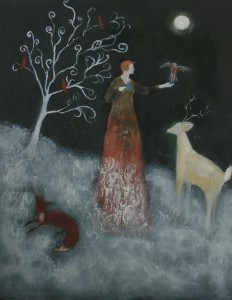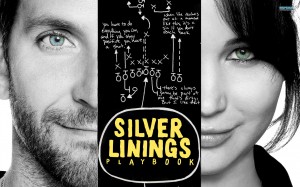Heading off on summer vacation feels strangely akin to abandoning my babies

I’m referring to my books, of course.
Strange as that might seem, they’ve been with me so long, they do feel like my children. And since I’ve so recently launched them into the world, I feel a pretty constant anxiety about their welfare. Even though, like our young adults gone off to college or world travel, there’s little we can do for them.
University Tours
Ironically, the other activity that’s characterized my early summer is touring a number of universities, both close to home and across the country, with my teenage son. My real empty nest looms on the horizon.
Though a full year away, the fact that he’ll be leaving home so soon is quite daunting. And like my books, I want to do as much to smooth his path and make sure he’s safe as humanly possible. I want him to succeed!
A Well Deserved Break
Of course after a very busy winter of editing, publishing, promoting and moving house, a few weeks of travelling, visiting friends and R & R is well-deserved. I don’t really feel guilty about it.
In fact, planning the trip, designing the perfect capsule wardrobe so I can go three weeks with one small carry on bag (Incredible. I know, right? But I’m doing it) and anticipating all the museums, galleries, sidewalk cafes, gardens and monuments we’ll see is rather exciting. I’m really looking forward to spending time with friends we haven’t seen for years.
A Writer’s Research Never Ends
I’m also excited about researching new locations for future books since travel abroad has always fueled my writerly imagination. I won’t be going to Spain or Greece this year. But I’m sure London, Paris, Amsterdam and Rotterdam will supply plenty of inspiration. I have a notion I might want to set one of my future “Life is a Journey” novels in Utrecht or Amsterdam. My mind is already playing with the idea of a student of Art Restoration, and Holland seems a perfect place for such an endeavor. All those Vermeers, Rembrandts and van Gogh’s! So I’ll be on the lookout for locations, and the seed of a story. All I need now is a nice tall Dutch romantic hero to set things in motion.
It’s Hard to Let Go
Nevertheless, after birthing and nurturing my books over many years, I guess the constant worry and vigilance gets a bit addictive. I think, probably this is the source of empty nest syndrome. We’ve been preoccupied for so long we just don’t know what to do with ourselves. We don’t know who we are anymore without the child, or the project, we’ve been dedicated to for so long.
Frankly, it’ll be nice to stop worrying for a while. I have the sense that I’m already doing everything I can. Like an anxious parent, I read books and study (i.e. blogs and webinars) about how to best care for my fledgling offspring. I swear, I’m doing it all. I’ve checked the list. And, like parenting, we very often hear conflicting advice. Each new strategy or tactic is something we’re trying for the first time. We have no expertise, and no real idea if what we’re doing will work. Maybe we’re doing our babies more harm than good.
But there’s only so much you can do. Sometimes the true test of survival comes only with the passage of time.
Of course, as a modern author in the digital publishing world, that’s only partly true. Our books, our community and our careers truly do need our constant cultivation. There are just too many books out there to leave our books on there own. They’re likely to get lost forever.
In truth, the analogy to growth and maturation probably applies more to “me” the authorpreneur than to my books, per se. I need time and tons of support to “grow up.” I need to learn new tricks and practice and stretch continuously in order to take my career as a published author to the next level.
I need to continue to hone my craft, write and publish more books, continue to nurture my author platform, study, apply and even innovate book marketing strategies. And over time, just like adults, we get a little more polished, a bit more confident, and closer to achieving our goals and dreams.
And toward that end (because it’s a lifelong road) I guess it won’t hurt to take a few weeks off.
Bon Voyage!
So have a great summer. I’ll be back in August with more stories to tell. Make sure to sign up for my email list (form in top right sidebar) to get your free copies of bonus summer reading, including short stories, deleted scenes and a sneak preview of Coming About. Follow me on Instagram, Facebook or Twitter if you want to see photos and videos of my travels, because that’s where I’ll be (buttons also in sidebar.)
I’m also running a big promotion of The Art of Enchantment over the Labour Day weekend, so keep an eye out if you want to grab a copy for FREE. I’m still hopeful book two in the Having it All series will be ready to release by then.
And if you have any great ideas about my handsome Dutch hero, or some fun ideas about a story set in the Netherlands, please leave a comment or suggestion below!

